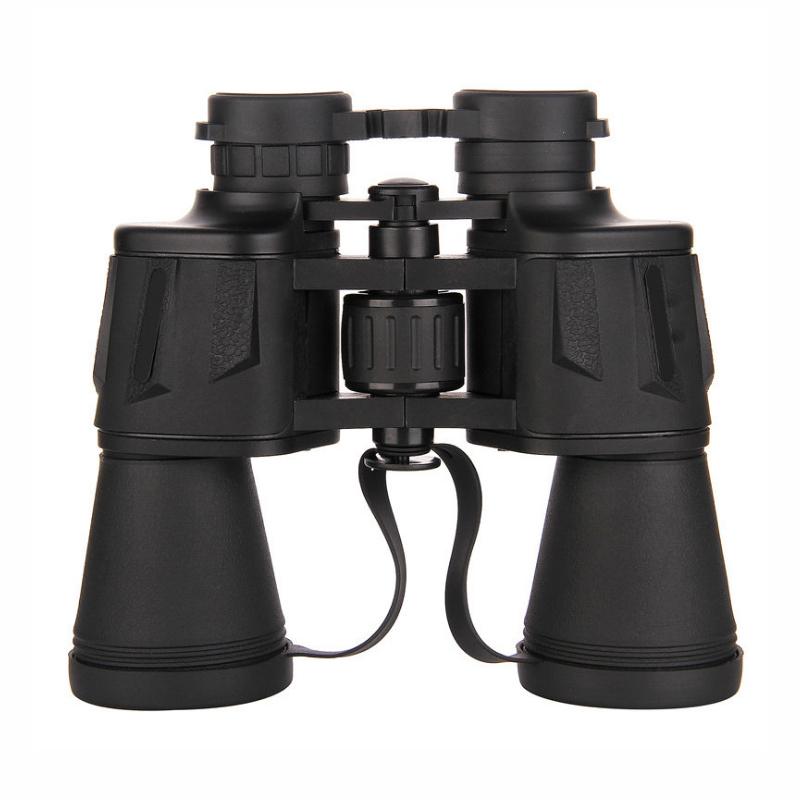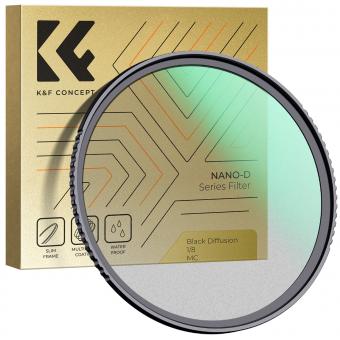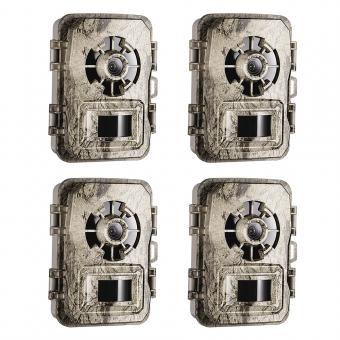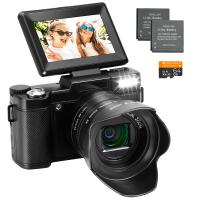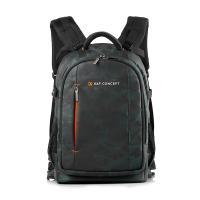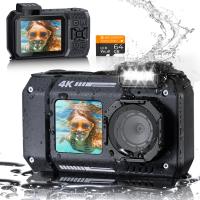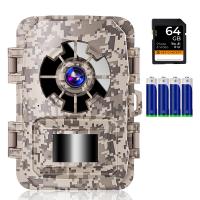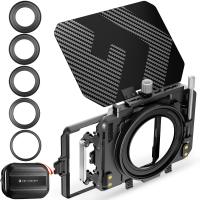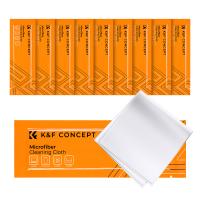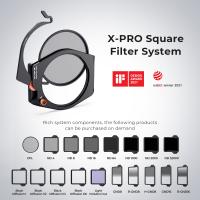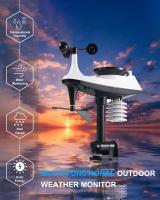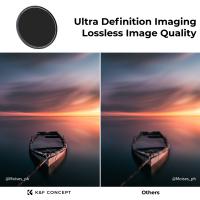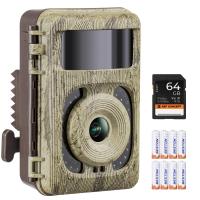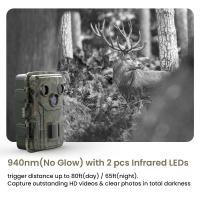What Binoculars Should I Get ?
The best binoculars for you would depend on your specific needs and preferences. Factors to consider include the intended use (e.g., birdwatching, stargazing, sports events), magnification power, objective lens diameter, field of view, weight, and budget. It is recommended to research and compare different models from reputable brands, read customer reviews, and consider seeking advice from experienced users or professionals in the field to make an informed decision.
1、 Magnification power and objective lens diameter
What binoculars should I get? When it comes to choosing the right binoculars, two important factors to consider are the magnification power and the objective lens diameter.
Magnification power refers to how much closer the binoculars can make an object appear. Common magnification powers range from 8x to 12x, with some specialized binoculars offering even higher magnification. It's important to note that higher magnification isn't always better. While it may seem tempting to go for the highest magnification available, it can lead to a narrower field of view and reduced image stability, especially without the aid of a tripod. For general use, a magnification power of 8x or 10x is often recommended.
The objective lens diameter is the second important factor to consider. It determines the amount of light that can enter the binoculars, which affects the brightness and clarity of the image. Larger objective lenses allow more light to enter, resulting in brighter images, especially in low-light conditions. However, larger objective lenses also mean heavier and bulkier binoculars. For most purposes, an objective lens diameter of 42mm is considered a good balance between brightness and portability.
It's worth mentioning that advancements in technology have led to the development of binoculars with image stabilization, built-in rangefinders, and even digital capabilities. These features can enhance the overall experience but also come at a higher cost.
Ultimately, the best binoculars for you will depend on your specific needs and preferences. Consider factors such as the intended use (birdwatching, stargazing, sports events, etc.), portability, and budget. Reading reviews and seeking expert advice can also help you make an informed decision.
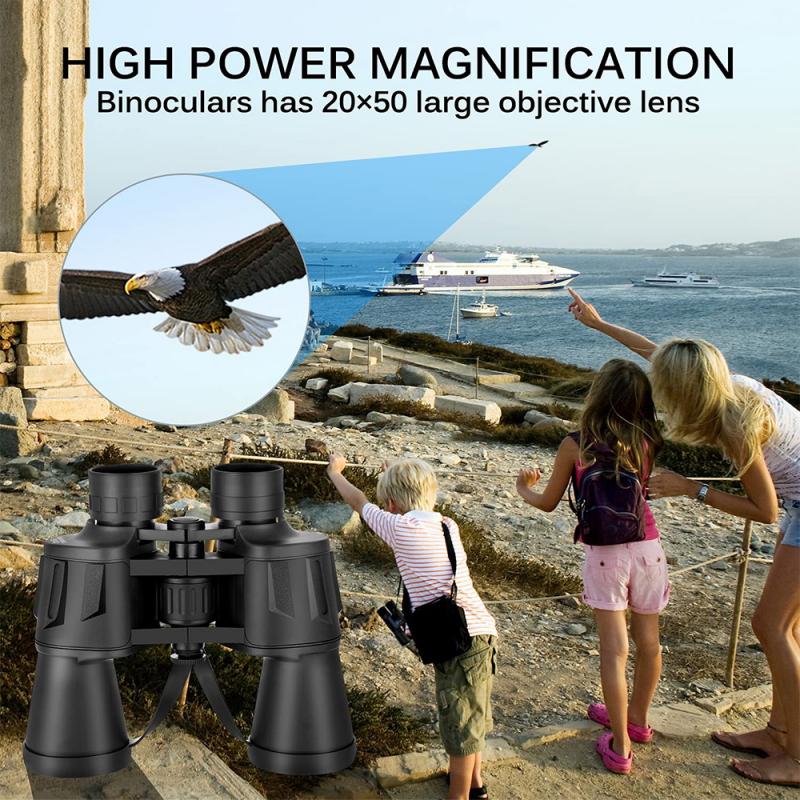
2、 Prism type (roof or porro)
What binoculars should I get? When it comes to choosing binoculars, one of the key factors to consider is the prism type. There are two main types of prisms used in binoculars: roof prisms and porro prisms.
Roof prisms are more compact and lightweight, making them a popular choice for outdoor activities such as birdwatching, hiking, and wildlife observation. They have a straight-through design, which allows for a more streamlined shape. Roof prism binoculars also tend to be more durable and waterproof, making them suitable for rugged environments. However, they can be more expensive compared to porro prism binoculars.
Porro prisms, on the other hand, have an offset design with an angled eyepiece. This design allows for better depth perception and a wider field of view. Porro prism binoculars are generally more affordable and offer excellent image quality. They are often preferred for activities like stargazing, hunting, and general outdoor use.
In terms of the latest point of view, roof prism binoculars have seen significant advancements in recent years. Manufacturers have been able to improve the optical quality, durability, and overall performance of roof prism binoculars. Some models now feature advanced coatings to enhance light transmission and image clarity. Additionally, there has been a trend towards more compact and lightweight roof prism binoculars, making them even more convenient for outdoor enthusiasts.
Ultimately, the choice between roof prism and porro prism binoculars depends on your specific needs and preferences. Consider factors such as the intended use, budget, and desired features to make an informed decision. It may also be helpful to try out different models in person to see which type feels more comfortable and provides the best viewing experience for you.
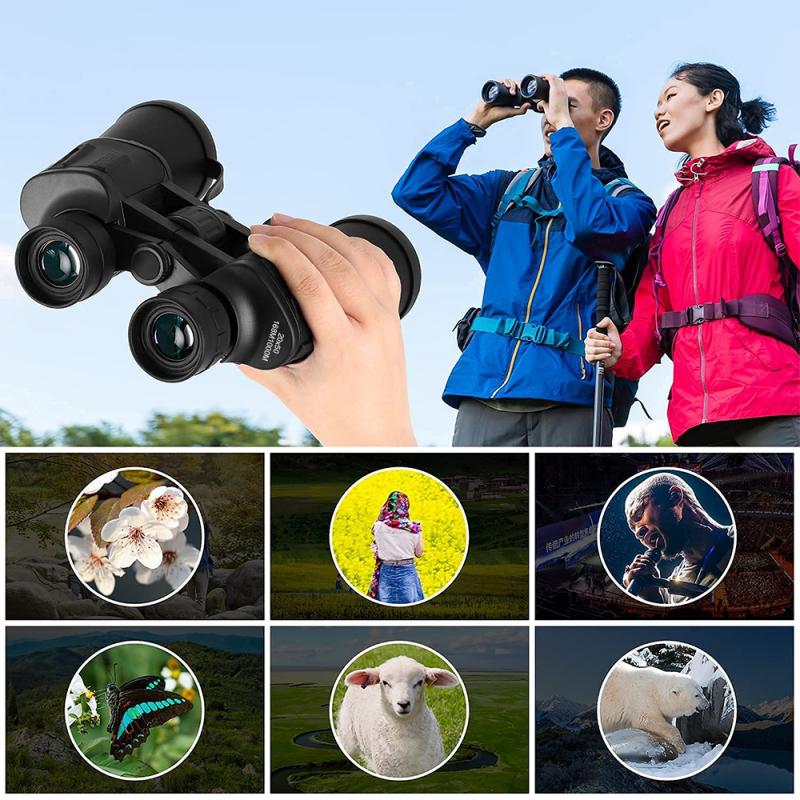
3、 Field of view and eye relief
When it comes to choosing the right binoculars, two important factors to consider are the field of view and eye relief. These features can greatly enhance your viewing experience and make a significant difference in your overall satisfaction with the binoculars you choose.
Field of view refers to the width of the area you can see through the binoculars at a specific distance. A wider field of view allows you to see more of the surrounding area, making it easier to track moving objects or observe a larger scene. This is particularly important for activities such as birdwatching, wildlife observation, or sports events where you want to capture the action as it unfolds. A wider field of view provides a more immersive experience and allows you to spot details that might otherwise be missed.
Eye relief, on the other hand, refers to the distance between your eyes and the binoculars' eyepiece. It is especially crucial for those who wear glasses or have limited eye flexibility. A longer eye relief ensures that you can comfortably view the entire field of view without straining your eyes or having to remove your glasses. This feature is particularly important for individuals who wear prescription glasses or sunglasses, as it allows them to enjoy the full benefits of the binoculars without compromising their visual comfort.
In recent years, there have been significant advancements in binocular technology, resulting in improved field of view and eye relief. Manufacturers are constantly striving to provide users with a more immersive and comfortable viewing experience. Therefore, it is recommended to opt for binoculars that offer a wide field of view and generous eye relief to ensure optimal performance and user satisfaction.
Ultimately, the choice of binoculars depends on your specific needs and preferences. Consider the activities you will be using them for, your visual requirements, and your budget. It is also advisable to read reviews and seek expert advice to make an informed decision.
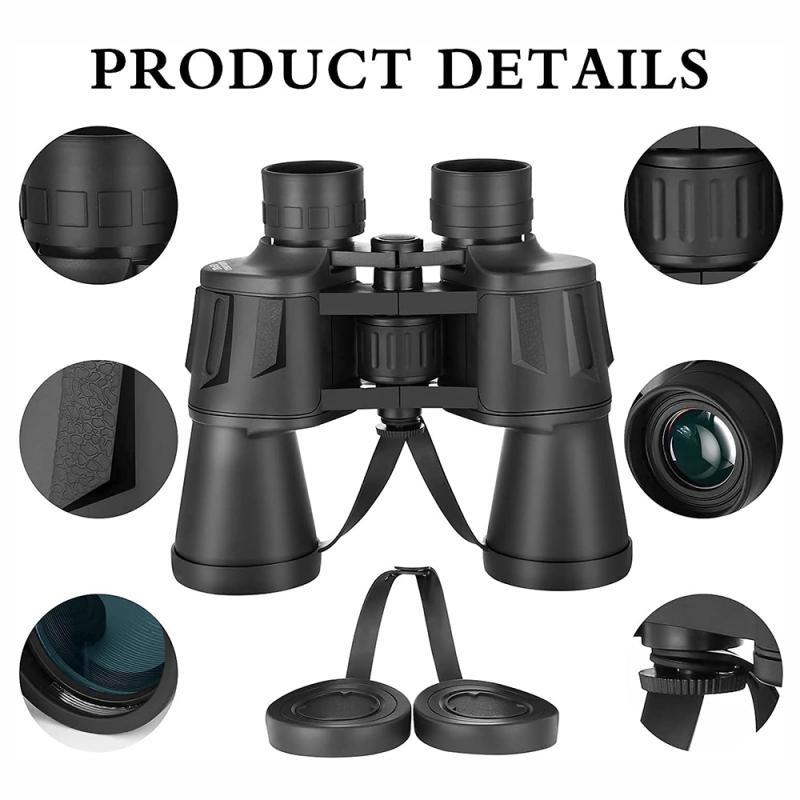
4、 Lens coating and image quality
When it comes to choosing the right binoculars, there are a few key factors to consider. One of the most important aspects is lens coating, as it directly affects image quality. Lens coating refers to the thin layers of chemicals applied to the glass surfaces of the binoculars' lenses. These coatings serve multiple purposes, including reducing glare, increasing light transmission, and improving image contrast.
There are different types of lens coatings available, such as fully coated, multi-coated, and fully multi-coated. Fully coated lenses have a single layer of coating on all air-to-glass surfaces, while multi-coated lenses have multiple layers on at least one surface. Fully multi-coated lenses, on the other hand, have multiple layers on all air-to-glass surfaces. The more coatings, the better the image quality, as it minimizes reflections and maximizes light transmission.
In terms of the latest point of view, advancements in lens coating technology have led to significant improvements in image quality. Manufacturers are constantly developing new coatings that enhance light transmission, reduce chromatic aberration, and improve color fidelity. These advancements result in sharper, clearer, and more vibrant images.
When choosing binoculars, it is recommended to opt for models with fully multi-coated lenses, as they provide the highest image quality. However, it is important to note that lens coating is just one aspect of overall binocular performance. Factors such as lens size, magnification, and build quality also play a crucial role in determining the overall viewing experience.
Ultimately, the best binoculars for you will depend on your specific needs and budget. It is advisable to try out different models and compare their image quality before making a decision.
